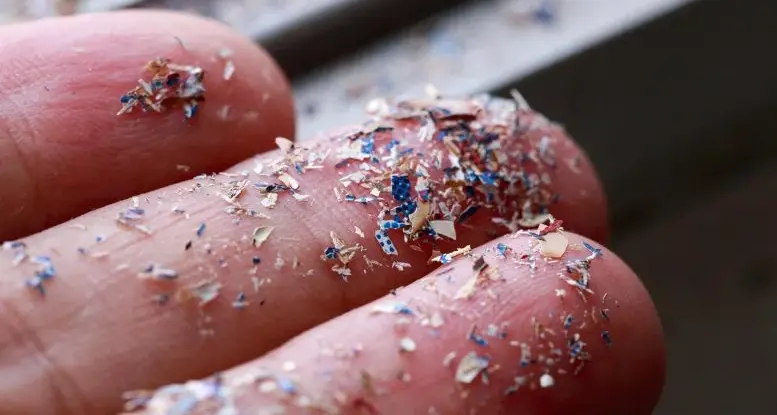For the first time, researchers have found evidence of microplastic pollution in archaeological soil samples. The team found tiny microplastic particles in deposits more than seven meters deep in samples dating from the first or early second century and excavated in the late 1980s.
Preserving archeology in situ has been the best approach to managing historic sites for a generation. But the research team says the findings may lead to re-evaluation, as small particles could compromise preserved remains.
Microplastics are small plastic particles ranging in size from 1 micron (thousandth of a millimeter) to 5 mm. They come from many sources: from shredded large pieces of plastic or from resin pellets used to produce plastic, which until about 2020 was often used in cosmetic products.
A study published in the journal Total Environmental Science Organized by the Universities of York and Hull with support from the educational charity York Archaeology.
Value of research
Professor John Schofield, from the Department of Archaeology at the University of York, said: “This appears to be a major landmark that confirms what we should have expected: that what were previously thought to be pristine archaeological remains ready to be explored are actually contaminated with plastic, and this is what was sampled in the late 1980s.” and including preserved sediments.
“We are familiar with plastic in oceans and rivers. But here we see that our historical heritage contains toxic elements. We will try to find out further to what extent this pollution jeopardizes the evidentiary value and national significance of these deposits.”
Microplastics in an archaeological context
David Jennings, Chief Executive of York Archaeology, added: “We consider microplastics a very new phenomenon; we had only heard of them in the last 20 years, when Professor Richard Thompson discovered in 2004 that they had been present in our seas since the 1960s, along with the post-war plastic production boom.”
“This new study shows that particles entered archaeological sediments, and this may have occurred in the oceans at a similar time when particles were found in soil samples taken and archived at Wellington Row in York in 1988.”
The study found 16 different types of microplastic polymers in both modern and archival samples.
“Where this becomes an issue for archeology is how microplastics can compromise the scientific value of archaeological sites. Our best-preserved remains, such as the Viking finds at Coppergate, have been found for over 1,000 years in a permanent anaerobic wetland that preserves organic matter incredibly well. “If this is the case, it may not be appropriate to preserve the archeology at the site,” added David Jennings.
The research team says further research into the effects of microplastics will be a priority for archaeologists, given the potential impact of these man-made chemicals on archaeological sites.
Source: Port Altele
